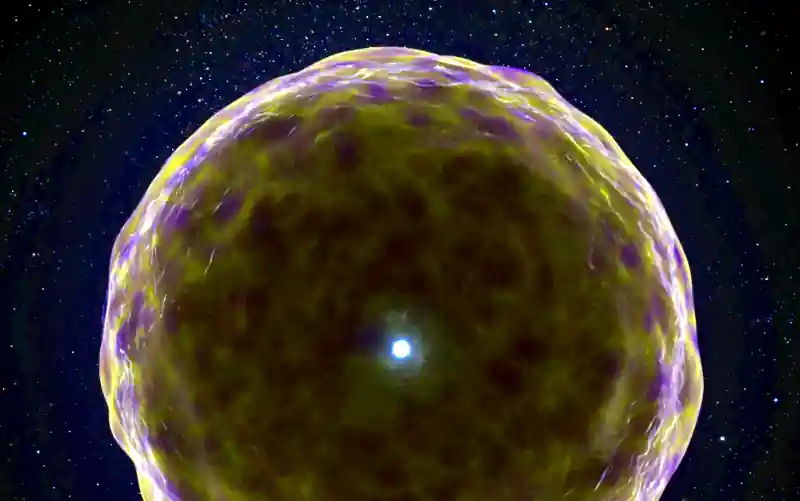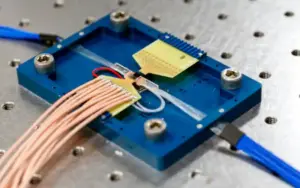Rare Glimpse Inside a Supernova Reveals Stellar Layers

- Astronomers observe the stripped interior of supernova 2021yfj, offering new insights into how massive stars evolve and explode.
Unusual Clarity in a Cosmic Explosion
For the first time, scientists have directly observed the internal structure of a star during its explosive death. Typically, supernovae scatter a star’s layers so chaotically that researchers struggle to identify distinct elements. In the case of supernova 2021yfj, located in the Milky Way, the explosion revealed unusually clear traces of the star’s inner composition. This rare event allowed astronomers to study the layered anatomy of a massive star in its final moments.
The star’s outer hydrogen and helium had already dissipated, which was expected. More surprising was the shedding of its dense inner layers, including silicon and sulfur, during the explosion. Such a level of stripping had not been documented before, according to Steve Schulze of Northwestern University, a member of the discovery team. The findings were published in the journal Nature and mark a significant step in understanding stellar death.
Confirming Theoretical Models of Stellar Structure
The observation supports long-standing theories about how massive stars are structured near the end of their lives. These stars are believed to be organized in concentric layers, with lighter elements on the outside and heavier ones near the core. Because so many layers were exposed in this supernova, researchers could verify the presence and arrangement of these elements. Anya Nugent, a supernova specialist at the Harvard-Smithsonian Center for Astrophysics, noted that the discovery confirms what scientists had previously inferred from models.
Although Nugent was not involved in the study, she emphasized the importance of such direct evidence. The clarity of the explosion offers a rare opportunity to validate assumptions about stellar composition. Observations like this are uncommon due to the unpredictable nature of supernovae and the difficulty in capturing them at the right moment. Future studies may build on this data to refine models of stellar evolution.
Unanswered Questions and Future Research
Despite the breakthrough, the cause of the star’s extreme stripping remains uncertain. Researchers are considering whether the layers were violently expelled during the final stages or removed by a companion star. Determining the mechanism will require further investigation, though similar events may be difficult to observe again. The rarity of such clear supernovae makes each instance valuable for astrophysical research.
Scientists hope that continued monitoring of stellar explosions will yield more examples with comparable clarity. Advances in telescope technology and data analysis may improve the chances of capturing these fleeting phenomena. Understanding how stars lose their layers could also inform studies of galactic chemical enrichment. As supernovae distribute elements across space, they play a key role in shaping the composition of future stars and planets.
Supernovae and Element Formation
|









